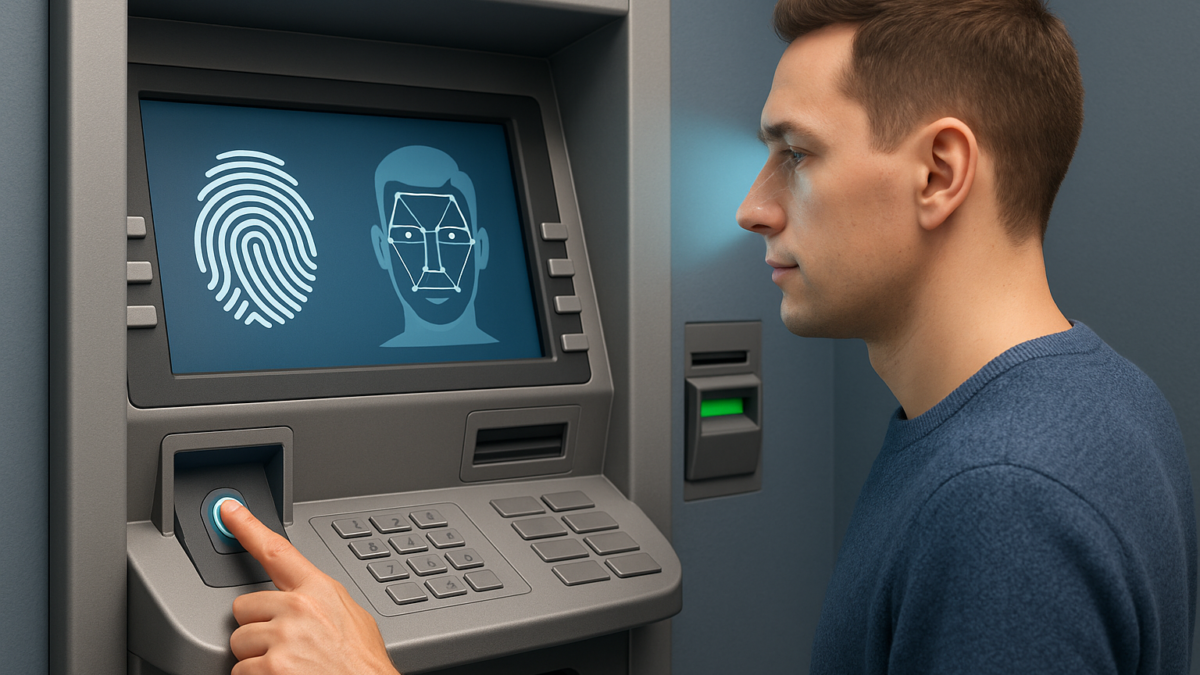Biometric Banking: Are Fingerprints and Face Scans the End of PINs?
Table of Contents
Ready to fill your sales pipeline with high-quality leads? Discover how our B2B Lead Generation Services can help you reach decision-makers who matter most.
For decades, the Personal Identification Number (PIN) has been the standard for authenticating banking transactions. Whether withdrawing cash at an ATM or confirming a purchase online, the PIN has been trusted as a secure gateway to financial access. But in 2025, the rise of biometric authentication—fingerprints, facial scans, and even voice recognition—is challenging the dominance of the PIN.
As banks and FinTech innovators embrace biometric technologies, many are asking: Are we entering a PIN-less future? Let’s explore how biometric banking is reshaping security, convenience, and the very way we interact with our money.
What Is Biometric Banking?
Biometric banking refers to the use of unique biological traits—such as fingerprints, facial recognition, iris scans, or voice patterns—to authenticate users instead of traditional PINs or passwords.
Today, biometric technology is already embedded in consumer devices:
- Smartphones use fingerprint scanners and Face ID for unlocking apps and digital wallets.
- Banks and payment providers are rolling out biometric-enabled debit and credit cards.
- Call centers are using voice authentication to replace cumbersome security questions.
This marks a shift from “something you know” (PIN) to “something you are” (biometrics) as the foundation of digital security.
Why Biometric Authentication Is Rising
1. Enhanced Security
Unlike PINs, which can be forgotten, guessed, or stolen, biometric traits are much harder to replicate. A stolen card number won’t work without the rightful owner’s fingerprint or face.
2. Faster Transactions
Biometric authentication removes friction. Instead of typing a PIN, customers can simply place their finger on a scanner or look at a camera, speeding up both in-person and mobile transactions.
3. Reduced Fraud
According to Juniper Research, biometric authentication prevented over $40 billion in fraudulent transactions globally in 2023—and that number is expected to rise as adoption grows.
4. Seamless Customer Experience
Consumers expect banking to be as seamless as unlocking their phones. Biometric banking offers that level of convenience while maintaining trust.
Current Applications of Biometric Banking
- Biometric Payment Cards: Mastercard has introduced fingerprint-enabled debit cards where users place their finger on the card’s built-in sensor during payment.
- Mobile Banking Apps: Banks like HSBC and Citi already use Face ID and Touch ID for login and transactions.
- ATM Access: In India and parts of Africa, ATMs are being tested with biometric verification instead of PINs.
- Voice Authentication: Barclays has piloted voice recognition for telephone banking, cutting down on fraud and call times.
Are PINs Becoming Obsolete?
While biometrics are rising fast, PINs are not disappearing overnight. Here’s why:
- Backup Required: In cases where biometric sensors fail (poor lighting for facial recognition, worn fingerprints, or tech glitches), PINs act as a backup.
- Privacy Concerns: Some customers remain wary of banks storing biometric data, fearing misuse or hacking.
- Infrastructure Gaps: Not all ATMs, cards, or POS systems are equipped for biometric authentication.
- Regulatory Compliance: Governments are still defining data protection laws for biometric information.
Instead of completely replacing PINs, biometrics are co-existing as a primary method of authentication with PINs as a fallback.
The Future of Biometric Banking
Looking ahead, biometric banking is expected to expand in exciting ways:
- Multimodal Biometrics: Combining fingerprints, face, and voice for extra-secure transactions.
- Behavioral Biometrics: Using typing speed, swiping patterns, or even how a person holds their phone to confirm identity.
- Wearables Integration: Smartwatches and AR glasses enabling heartbeat or iris scans for banking.
- Decentralized Authentication: Biometric data stored securely on devices rather than central servers, reducing hacking risks.
By 2030, biometric-first banking could become the global standard, with PINs fading into the background as emergency alternatives.
Conclusion
Biometric banking is redefining trust in financial services. Fingerprints, facial recognition, and voice authentication are making banking faster, safer, and more intuitive. While PINs won’t vanish immediately, their role will steadily diminish as biometric adoption grows.
For banks and FinTechs, the message is clear: security and convenience must evolve together. The future of banking is likely PIN-less, powered by the most unique identifiers of all—us.
Ready to fill your sales pipeline with high-quality leads? Discover how our B2B Lead Generation Services can help you reach decision-makers who matter most.





